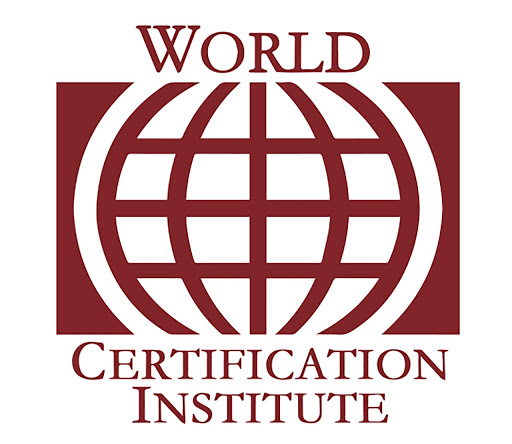The worldwide pandemic has clearly revealed an undeniable representation of various differences. Similarly, it also showed a more intense depiction of what crucial steps we need to take forward. Nevertheless, the antibodies for Covid-19 has been circulated, social distancing will remain for more years and schools are buckling down for better resource management.
As the world is proceeding with distant/virtual education, some of the urgent questions we must confront ---
1. How will educators transmit the resources from pre-K to 2nd grade?
The young schoolchildren, particularly pre-K to 2nd grade is at the greatest risk in this new social distancing setting. As an emotionally support, the parents of small kids need to screen and guide instruction carefully. Smaller e-class sizes, more and more student-friendly technology platforms, distributing books, whiteboards, and so on assist families to support their child successfully.
2. What about the professional development of the teachers and other staff?
Gradually, we need to start considering approaches beyond the traditional professional development. Administrators can move professional development to individualized e-courses as well as webinars that target teachers’ detailed requirements. Educators need to be ‘techspert’ now and professional training is needed for both staff and families to steer e-learning platforms.
3. How schools may help to meet students’ non-academic needs?
After returning to school, students will bring an incredibly high level of need. To meet these requirements, institutes need to be prepared to deliver an all-inclusive set of amenities that address the specific requirements of kids as well as their families. Moreover, teachers have to be supported in learning how to create classroom communities and relationships in blended/remote education backgrounds more efficiently.
4. What will teaching look like for the most vulnerable student groups?
Needless to say, at present school administrators are looking for a lot of scenarios for reopening. So, how do schools ensure that student requirements are met, mainly students with special needs?
Here, the school leaders and administrators need to start with learning requirements rather than just technology by focusing on how to deliver the needed support to address individual needs. The interactive and active teaching approaches need to be prioritized. Teachers also need to identify learners who need small-group and 1:1 instruction for students at most.
5. What will be the prompts for closing schools again in the fall after reopening?
The World Health Organization has curated essential resources and presented guidance to school leaders to assist their planning for reopening. In general, though, a minimum provision that schools need to have in place is prepared access to COVID-19 testing for any students and staff. Rapid results will be grave in defining whether institutes need to be shutting down to diminish epidemiologic spread among the student body.
Truly, we can't get back to the world as it was previously. The Courses in Educational Management prepare the helping experts to describe the future resourcefully. Also, we need to pay more attention to family communication as parents have legitimately become the primary associations for their child’s learning. Schools, instructive foundations just as locale pioneers need to unwind these inquiries together that will help us to plan for the movements ahead.









